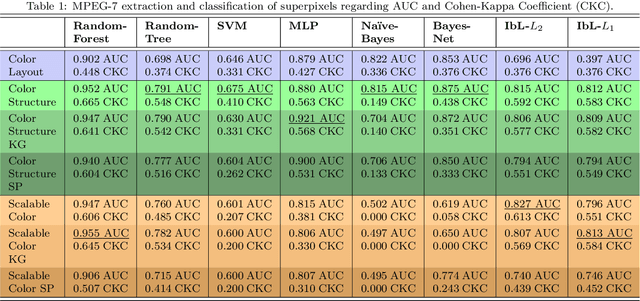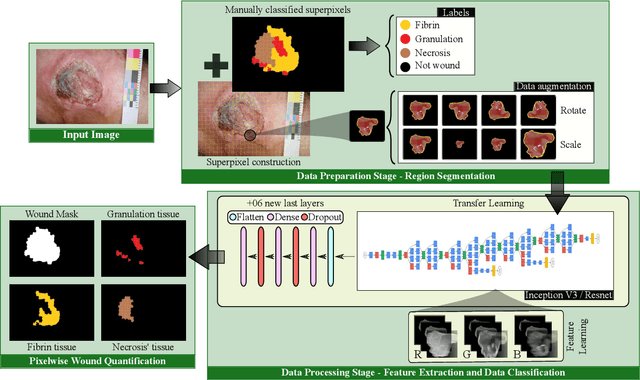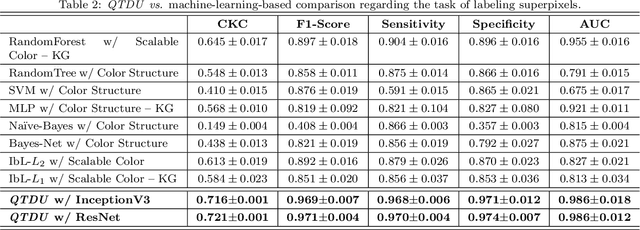Daniel de Oliveira
Datasets for Portuguese Legal Semantic Textual Similarity: Comparing weak supervision and an annotation process approaches
May 29, 2023Abstract:The Brazilian judiciary has a large workload, resulting in a long time to finish legal proceedings. Brazilian National Council of Justice has established in Resolution 469/2022 formal guidance for document and process digitalization opening up the possibility of using automatic techniques to help with everyday tasks in the legal field, particularly in a large number of texts yielded on the routine of law procedures. Notably, Artificial Intelligence (AI) techniques allow for processing and extracting useful information from textual data, potentially speeding up the process. However, datasets from the legal domain required by several AI techniques are scarce and difficult to obtain as they need labels from experts. To address this challenge, this article contributes with four datasets from the legal domain, two with documents and metadata but unlabeled, and another two labeled with a heuristic aiming at its use in textual semantic similarity tasks. Also, to evaluate the effectiveness of the proposed heuristic label process, this article presents a small ground truth dataset generated from domain expert annotations. The analysis of ground truth labels highlights that semantic analysis of domain text can be challenging even for domain experts. Also, the comparison between ground truth and heuristic labels shows that heuristic labels are useful.
A superpixel-driven deep learning approach for the analysis of dermatological wounds
Sep 20, 2019



Abstract:Background. The image-based identification of distinct tissues within dermatological wounds enhances patients' care since it requires no intrusive evaluations. This manuscript presents an approach, we named QTDU, that combines deep learning models with superpixel-driven segmentation methods for assessing the quality of tissues from dermatological ulcers. Method. QTDU consists of a three-stage pipeline for the obtaining of ulcer segmentation, tissues' labeling, and wounded area quantification. We set up our approach by using a real and annotated set of dermatological ulcers for training several deep learning models to the identification of ulcered superpixels. Results. Empirical evaluations on 179,572 superpixels divided into four classes showed QTDU accurately spot wounded tissues (AUC = 0.986, sensitivity = 0.97, and specificity = 0.974) and outperformed machine-learning approaches in up to 8.2% regarding F1-Score through fine-tuning of a ResNet-based model. Last, but not least, experimental evaluations also showed QTDU correctly quantified wounded tissue areas within a 0.089 Mean Absolute Error ratio. Conclusions. Results indicate QTDU effectiveness for both tissue segmentation and wounded area quantification tasks. When compared to existing machine-learning approaches, the combination of superpixels and deep learning models outperformed the competitors within strong significant levels.
 Add to Chrome
Add to Chrome Add to Firefox
Add to Firefox Add to Edge
Add to Edge